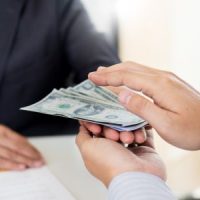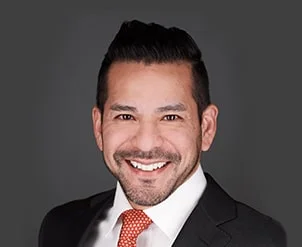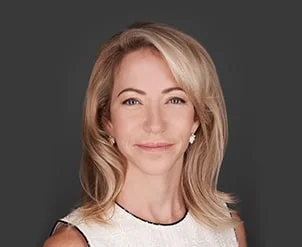Repaying PPPs, EIDLs, and Other Alphabet Soup Loans

Some people have compared 2020, the lockdown year, to 1930, the first full year of the Great Depression. Some similarities exist. A sudden, unexpected event (coronavirus and the Stock Market crash) caused both economic downturns. However, statistically speaking, 2020 was a lot worse than 1930. So, the government offered loan programs to help businesses weather the storm.
For a few months, these loans helped many businesses get through a one-time financial disruption. A Chicago bankruptcy lawyer, on the other hand, is always available to help any individual, family, or business navigate through any financial storm. Bankruptcy offers protections, like the Automatic Stay, unavailable anywhere else. If loan repayment is an issue, other options are available as well.
Loans and Purposes
Paycheck Protection Program loans helped businesses cover payroll expenses during the lockdown. Initially, the repayment period was two years. The government expanded this period to five years and even thirty years, in some cases.
However, the repayment period was largely irrelevant. Although the government called this program a “loan,” it was, in effect, a grant. The rules for loan forgiveness are quite straightforward. In fact, the government never intended for PPP recipients to repay this money.
Thirty-year repayment is almost always available for EIDLs (economic injury disaster loans). The government expects repayment, but the long repayment period and low interest rate (maximum 4 percent) usually means monthly payments are very low. Also unlike PPPs, non-COVID EIDLs are still available.
Furthermore, if the EIDL was over $200,000, the government required a personal guarantee. Lenders usually required collateral as well.
Partial Loan Forgiveness
The government won’t forgive EIDLs outside bankruptcy. However, an OIC (offer in compromise) might be available.
In order to get an OIC approved, the Small Business Administration requires you to prove that you’re experiencing financial hardship, are unable to repay your loan, and the business that received the loan has ceased operations.
The OIC, if accepted, eliminates the personal guarantee. If another entity now owns the business, that entity is still responsible for loan repayment.
Submission of an OIC is much more involved in terms of paperwork than requesting forgiveness through a PPP loan. The SBA will demand documents, like a personal financial statement, tax returns, pay stubs, and bank statements which prove you cannot afford to pay this debt in full. A Chicago bankruptcy lawyer helps debtors in this process.
Complete Loan Discharge
PPPs, EIDLs, and all other SBA loans are unsecured debts which are dischargeable in a Chapter 7 or Chapter 13 bankruptcy.
We mentioned bankruptcy’s Automatic Stay above. Section 362 of the Bankruptcy Code stops lawsuits and all lesser forms of creditor harassment, such as letters and phone calls. Bankruptcy also shields most personal assets from creditor liquidation.
Usually, SBA loan discharge is available unless there’s evidence of fraud or other wrongdoing. Unlike OIC discharge, bankruptcy discharge completely forgives the EIDL or other SBA loan. Furthermore, the discharge applies not only to the personal guarantor, but also to any successor entity.
In other words, instead of partial relief, which is better than nothing, bankruptcy offers complete relief from an oppressive SBA loan or any other unsecured debt.
Work With a Detail-Oriented Cook County Lawyer
No matter what kind of financial problem you are having, bankruptcy could be a way out. For a free consultation with an experienced bankruptcy attorney in Chicago, contact the Bentz Holguin Law Firm, LLC. We routinely handle matters throughout the Prairie State.
Source:
sba.gov/funding-programs/loans/covid-19-relief-options/paycheck-protection-program


